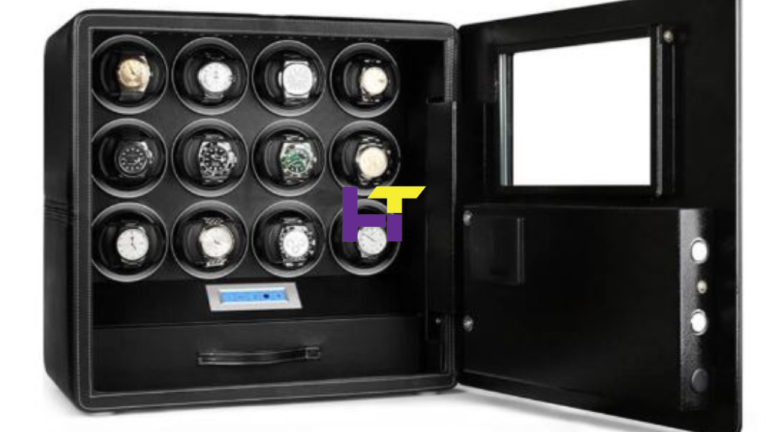A Comprehensive Guide to the CRM Selection Process

With the constant change in customer relationship management (CRM) software, companies often find themselves at a pivotal point in choosing an appropriate CRM solution. The importance of selecting a suitable CRM must not be underestimated because it forms the basis for customer-centric initiatives within any organization.
The CRM selection process is characterized by thoroughly analyzing the criteria, harmony between organizational objectives, and smooth integration with existing systems. This article will shed light on the complexity of CRM selection and provide businesses with a map that should ensure proper decision-making processes.
Define Your Objectives and Requirements
During the selection process of CRM projects, businesses need to define their goals and needs beforehand. This realization lays the foundation for CRM system selection. First, focus on significant business objectives, for instance, the increase in customer satisfaction and efficiency of implementing sales processes or marketing effectiveness.
Once objectives are set, describe specific needs that fit these goals in detail. For instance, automated workflows and real-time analytics could be crucial if the aim is to improve customer service features such as ticket management. Develop a detailed inventory of functions and features necessary for fulfilling current and anticipated future demand.
Involve Stakeholders in the Decision-Making Process
Buy-in from all relevant organizational stakeholders is crucial for successful CRM implementation. Bring together sales, marketing, customer service, and IT field representatives to make decisions. Collect pain points, challenges, and functions that each stakeholder group requires in their CRM of choice to ensure the chosen one correctly solves issues for everyone across the organization.
Stakeholder engagement provides valuable input during the selection process and fosters a sense of ownership and collaboration among teams. This inclusive approach helps avoid resistance to change and ensures a smoother transition once the CRM system is implemented.
Consider Scalability and Flexibility
The chosen CRM solution should meet current requirements and be scalable to accommodate future growth. A scalable CRM system can adapt to the evolving needs of the business, preventing the need for frequent replacements or significant overhauls. Consider factors such as the potential increase in user numbers, expansion into new markets, and the introduction of new products or services.
Additionally, flexibility is crucial to accommodate unique business processes and workflows. Look for a CRM solution that can be customized without excessive complexity. The ability to tailor the system to fit the organization’s specific needs ensures that the CRM becomes an asset rather than a constraint.
Integration Capabilities
In the modern business ecosystem, data flows across various platforms and applications. A CRM system that seamlessly integrates with existing tools, such as marketing automation software, email platforms, and ERP systems, is essential for optimizing operational efficiency. Integration capabilities prevent data silos, enabling a 360-degree view of customer interactions and improving collaboration across departments.
During the CRM selection process, evaluate the compatibility of potential solutions with your existing tech stack. Consider factors like API support, ease of integration, and the availability of pre-built connectors for commonly used applications. Choosing a CRM system that integrates effortlessly with other tools ensures a cohesive and interconnected digital infrastructure.
User-Friendly Interface and Adoption
The success of a CRM implementation hinges on user adoption. No matter how feature-rich a CRM system is, its efficacy is compromised if users find it challenging or time-consuming to navigate. Prioritize a user-friendly interface that facilitates smooth onboarding and encourages widespread adoption across teams.
Include end-users in testing different CRM solutions at the selection stage. The responses their users provide are helpful in understanding the user journey and pinpointing any hurdles that may lie ahead. Users’ benefits from CRM systems can be expanded through intuitive features, clean design, and comprehensive training resources.
Vendor Reputation and Support
The vendor’s reputation is an essential aspect to consider when choosing. Conduct rigorous background checks of all potential vendors regarding history, what clients say about their services and their overall standing on the market. You should seek providers with a track record of successful rollouts and ongoing maintenance.
Support services and service-level agreements (SLAs) are crucial to seamless customer relationship management. Evaluate the responsiveness and accessibility of support personnel from vendors. Ask about the assistance rendered during implementation and ongoing availability to troubleshoot or provide updates. Therefore, a dependable vendor guarantees the business has a partner in the CRM experience process.
Security and Compliance
However, secure data management is essential in the case of customer information. Make sure that the CRM solution follows industry regulations and data protection. Assess the security procedures taken by the vendor, such as encryption, access controls, and data backup.
Further, look into data storage location and its compatibility with regional regulation laws. An effective CRM security system that ensures data breaches and protects customer privacy helps keep an organization’s reputation.
Total Cost of Ownership (TCO) Assessment
Though initial implementation fees for a CRM system are important, companies should not forget to assess the TCO figures over several years. TCO involves more than the licensing fees; it includes implementation costs, providing ongoing support through training, and probably customization.
Assess the pricing structure of CRM vendors, including subscription fees or cost per user. Please pay attention to the scalability of one’s pricing model to support further growth. Perform a detailed cost-benefit analysis to identify the most economical option that offers maximum value for money.
Conclusion
The CRM selection process is a complex voyage requiring strategic consideration of organizational goals, stakeholder involvement, and technical specifications. Through setting goals, participation of stakeholders, scalability and flexibility consideration, integration capacities prioritization assessment user-friendly interface or interfaces vendor reputation support focus security compliance convergence total cost evaluation conducts business can maneuver a CRM landscape confident.
Choosing the appropriate CRM system is not purely technical but an important strategic step that may affect customer relations, smooth operations, and overall business performance. This is achieved by taking an informed approach towards the CRM selection process, and organizations can enjoy success in using their technology to dominate in this competitive business world.






